The views expressed in our content reflect individual perspectives and do not represent the authoritative views of the Baha'i Faith.
In the Lakota tradition, you care for Mother Earth as it is our first home — this relationship is one of reciprocity. The Lakota lived in harmony with the Earth and would only take what is needed and traditionally only after leaving a gift. The gift was often tobacco, followed by a prayer. All things are one with the land, the plants, the water, the animals, the people, and all are dependent upon one another’s health.
Indeed, the dictionary will tell you that Lakota means “alliance of friends.” However, my grandfather, 37th generation Lakota Medicine Man Pete Catches, Sr. (Petaga Yuha Mani), taught that Lakota means “the first people of peace.”
But “peace” is not what the Lakota have ever experienced.
We must know our history, tell the truth, and stand up for the defenseless and oppressed among us. Baha’u’llah, the prophet and founder of the Baha’i Faith, wrote that “Trustworthiness is the greatest portal leading unto the tranquility and security of the people. In truth the stability of every affair hath depended and doth depend upon it. All the domains of power, of grandeur and of wealth are illumined by its light.”
September 17, 2020 marks the 169th anniversary of the signing of the Treaty of Fort Laramie of 1851. The treaty was the first attempt to define the land that would belong to the Lakotas, Dakotas, and Nakotas — where they would live and hunt. The United States government decided what land would be allocated for the tribes and enforced these boundaries through the threat of death and starvation.
And on this anniversary, at this moment in history, telling the truth about what has happened to the Lakota people feels especially necessary.
Portland, Oregon-based artist Arya Badiyan uses art to educate, help humanity, and raise our consciousness. Over the past few months, she’s been creating artwork that tells the truth and visually rights some of the wrongs.
Her latest piece represents what has happened to the Lakota lands over the last 169 years. The Indigenous tribes of America are often an unseen and forgotten people. By sharing the beautiful nobility of the Lakota people and a little of their history, both past and present, we hope to change that reality.
The nobility of the Lakota people is evident in their language. For example, there is no term for “child,” but rather wakanyeja, which means “sacred being, a gift from the creator.” Another example would be mitakuye oyasin, which means “we are all related.”
Baha’u’llah wrote:
O Children of Men! Know ye not why We created you all from the same dust? That no one should exalt himself over the other. Ponder at all times in your heart how ye were created…. that from your inmost being, by your deeds and actions, the signs of oneness and the essence of detachment may be made manifest…
There was a mutually peaceful relationship in the early days of contact between the Lakotas and white settlers. They shared resources and knowledge of the land and lived in harmony, as has been their tradition and values. It was not until the mid-1800’s that this changed as the “white man” moved west and demanded the land already occupied by the Lakota.
I’ve heard it said that in the Lakota language, there is no word for land ownership. As settlers moved west, the tribes were forced into treaties with the U.S. government. Sadly, they never fulfilled their promises and broke every treaty they ever entered into. According to the North Dakota Studies of the U.S. Government, the Treaty of Fort Laramie of 1851 was a major turning point for the Great Sioux Nation.
In 1868 a new commission met again at Fort Laramie, where the U.S. government decided that they would force tribes to live on reservations taking back more than 50% of what was originally agreed to in 1851. This 1868 treaty acknowledged that the control of Black Hills remained with the Lakotas and exempted all white settlers “forever” from having any European-American settlement at that location. Both the Lakota and the Cheyenne claimed rights to the Black Hills, saying it was considered their “sacred center of the world.”
Six years later, in 1874, gold was discovered in the Black Hills and the government offered to purchase the land from the tribes. They refused to sell. In response, the federal government demanded that all tribes live on reservations where officials controlled the distribution of food, clothing, and shelter. The reservations were devastated by disease, lack of nutrition, poverty, and a very deliberate mandate to control the peoples who lived there.
The federal government continued to war with the tribes and in 1876, it took control over the Black Hills. At this time, they established reservations consisting of Pine Ridge (Oglala), Standing Rock, Cheyenne River, Lower Brule, and Rosebud — reservations that, in 2020, are still in existence.
In 1980 the Supreme Court of the United States ruled in United States v. Sioux Nation of Indians that the federal government illegally took the Black Hills. The court ordered remuneration of the initial offering price plus interest, nearly $106 million. The Lakota refused the settlement, and said “the Black Hills are not for sale!”. The money remains in an interest-bearing accounting, which, as of 2015, amounted to over $1.2 billion.
In 2015, TIME published an article whose headline read: “This map shows the deadliest counties in the U.S.” It opened with these words: “Oglala Lakota County, South Dakota, is the deadliest county in America…”
Of the 25 Counties with the highest mortality rates in the United States, 5 of the top 6 are Lakota communities in South and North Dakota. That year, Oglala Lakota County had the highest mortality rate and poorest health in the U.S. with a life expectancy between 45 and 47 years.
It’s no wonder then that a recent letter written on behalf of the Universal House of Justice, the global administrative governing body of the Baha’is of the world stated: “The Universal House of Justice is deeply concerned about the welfare of Indian people of America and yearns to see them take their rightful place as a significant element in the spiritualization of humanity, the construction of a unified world, and the establishment of a global civilization.”
How do we heal this?
The Baha’i writings tell us, “We entreat God to deliver the light of equity and the sun of justice from the thick clouds of waywardness, and cause them to shine forth upon men. No light can compare with the light of justice. The establishment of order in the world and the tranquility of the nations depend upon it.”
And education and healing are essential to this process.
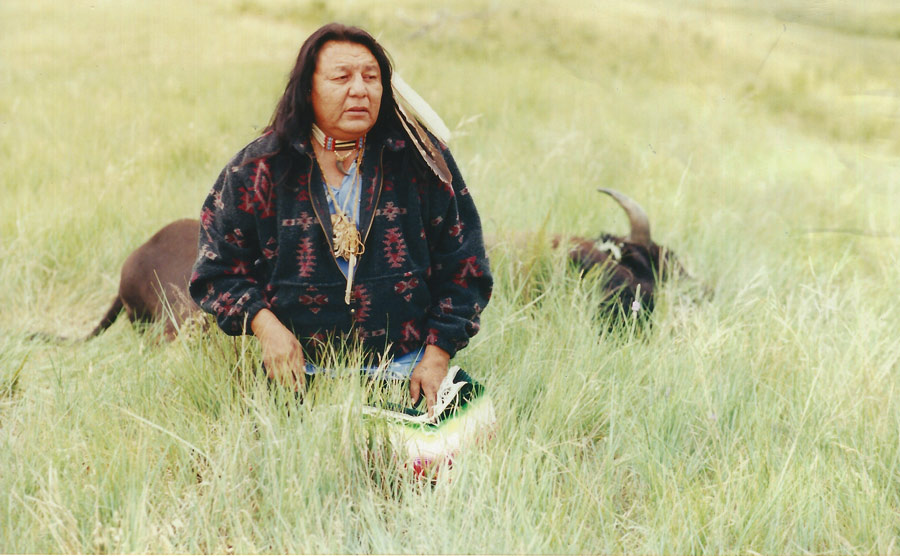
My other father, Peter Catches, Jr., (Zintkala Oyate) who died in 2018, dedicated his life to bringing back the Lakota culture, which government and residential schools stripped from his people. Peter conducted 44 consecutive years of the Spotted Eagle Sundance, which had been outlawed by the U.S. government. In 1990 he met and married my mother, Cindy Catches, and together they worked on many initiatives designed to bring healing for the Lakota people.
Inspired by a dream of Pete Catches Sr, they established Oceti Wakan, a nonprofit organization dedicated to the Lakota people’s health and wellness. The work of Oceti Wakan has beautifully interwoven traditional Lakota cultural values and Baha’i principles. Peter’s grandfather was a survivor of the Wounded Knee massacre, where almost 300 Lakota men, women, and children were executed for not surrendering their guns, their only means of protection and getting food.
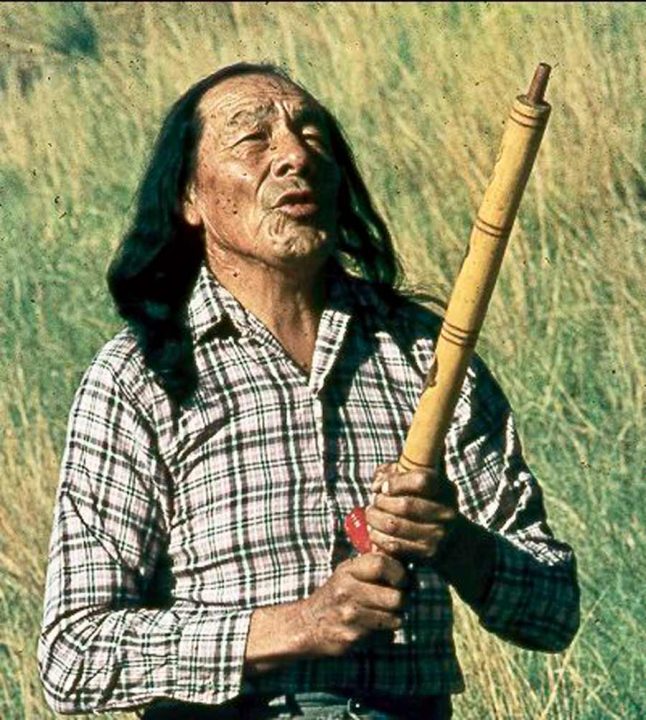
In 2014, Oceti Wakan created a curriculum for second through eighth-grade students. It’s being taught in the Oglala Lakota schools in fall 2020. It is also being taught to Lakotas in Rapid City who are not on the reservation, and at Sitting Bull’s school in the Standing Rock reservation. It’s designed to amplify their culture, values, and language — teaching their noble foundation and understanding the sacred hoop of life through the medicine wheel. It’s helping to exemplify how to Woohitaka Mani Yo (Walk Forward in Bravery).
We live at a time when we are changing the world, we are standing up for justice, and bringing what has been hidden into the light. We must each find our voice and share our gifts — this is the time to be the standard-bearers for truth, honesty, and trustworthiness.
Baha’u’llah gives us clear direction:
If ye meet the abased or the downtrodden, turn not away disdainfully from them, for the King of Glory ever watcheth over them and surroundeth them with such tenderness as none can fathom except them that have suffered their wishes and desires to be merged in the Will of your Lord, the Gracious, the All-Wise. O ye rich ones of the earth! Flee not from the face of the poor that lieth in the dust, nay rather befriend him and suffer him to recount the tale of the woes with which God’s inscrutable Decree hath caused him to be afflicted. By the righteousness of God! Whilst ye consort with him, the Concourse on high will be looking upon you, will be interceding for you, will be extolling your names and glorifying your action. Blessed are the learned that pride not themselves on their attainments; and well is it with the righteous that mock not the sinful, but rather conceal their misdeeds, so that their own shortcomings may remain veiled to men’s eyes.



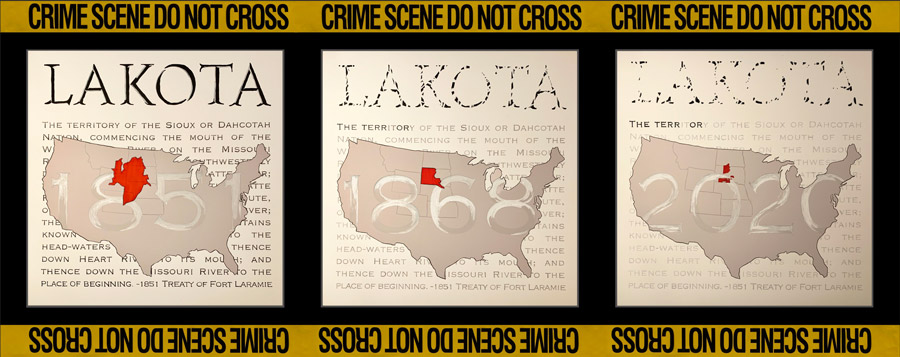

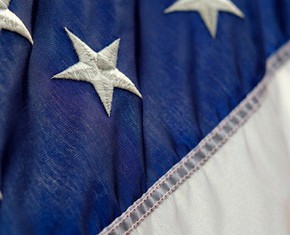
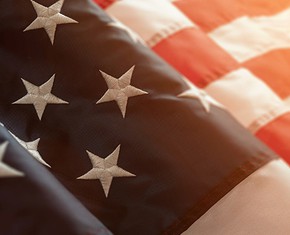
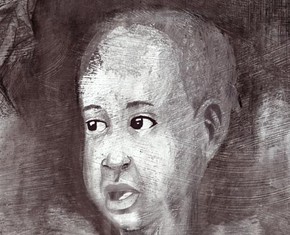









Comments
Sign in or create an account
Continue with Googleor